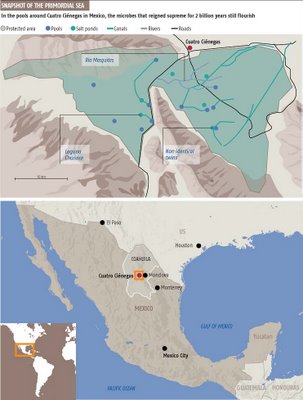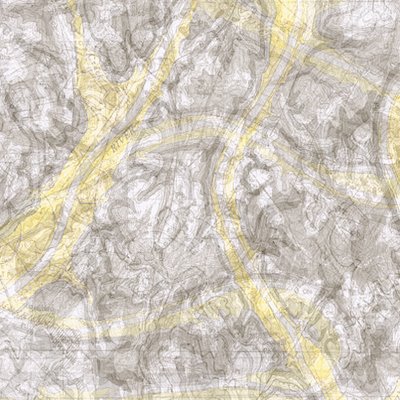In the summer of 2005, the San Diego-based company
SeaCode announced that they would permanently anchor a cruise ship off the coast of Los Angeles, in international waters, filling it with an army of "offshore" computer programmers.
This odd new micronation would beam the results of its cheap labor back to mainland clients via microwave and T3 internet connections. It would have a steady labor base, sovereign terrain, potentially even immunity from taxes – and loads and loads of code.
As the journal
Application Development Trends writes: "the ship will retain all of its cruise ship facilities and will feed and house workers in style. During off hours, programming teams can partake of the ship’s recreational facilities or head for the lights of L.A. on a water taxi, since each worker will be required to have a U.S. tourist visa." (But check out the comments at the end of that link for some
Archigram-worthy speculation).
Work teams will be broken up into "pods," with "pod leaders," and they will work around the clock.
Interestingly, both sides of the political spectrum seem outraged by the idea;
right-ish and
left-ish observers have responded with outright hostility, even making sarcastic comments about where the ship's toilets will flush.
But I like it; if there's some loophole in international maritime law that allows you to start a free state off the coast of Los Angeles – then I want several. A whole island arc of decommissioned cruise ships, with BLDGBLOG offices on a super-boat somewhere, helicoptering architects out on weekends for coffee; feeding sharks; shooting skeet; awarding novelist-in-residence titles to
Jeff VanderMeer,
J.G. Ballard,
China Miéville,
Don DeLillo... We can host the world's first Miss Micronation Pageant, as well as conferences on the state of plate tectonics. Grow orange trees on a hydroponic barge to stay healthy. Panic when storms come in.
Meanwhile, a fully inhabited ghost-archipelago of Chinese "zombie ships" has been found off the coast of West Africa – but it's a lot less interesting than it sounds. This account, by
Greenpeace, doesn't like the ships – and has nothing to say about their implications for offshore architectural design. Or whether
Constant would be pleased.
Nor does the article offer any thoughts about the first truly great horror film of our globalized times: a weird industrial accident in China has somehow turned all the local workers into flesh-eating zombies; for whatever reason, these zombies are put onto an archipelago of rusting ships in the Indian Ocean; a band of pan-European scientists studying deep ocean-floor tomography sees the ships on the horizon... and the film goes on from there.
(SeaCode discovered via Scott Webel and his Museum of Ephemerata; Chinese zombie ships found via things magazine).










 [Images: The Taj Mahal, the
[Images: The Taj Mahal, the